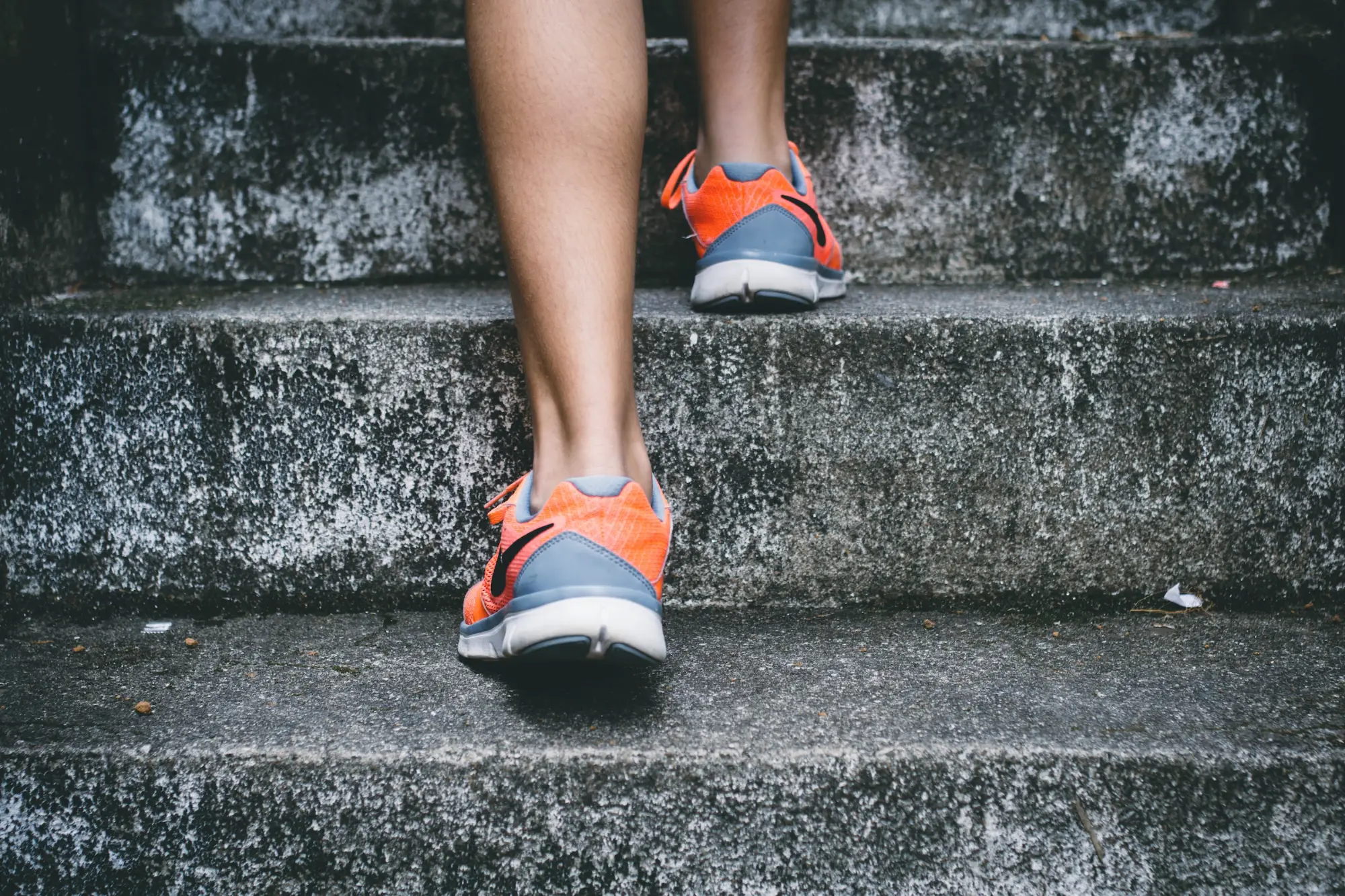
Shin Pain
Why do I have pain at the inside of my lower leg that gets progressively worse when running?
It could be Medial Tibial Stress Syndrome
What is Medial Tibial Stress Syndrome? ( MTSS )
• Medial tibial stress syndrome also known as shin splint syndrome is an exercise- induced condition where there is pain/ tenderness along the inside of your tibia (shin bone).
• Increasing the load of running and doing too much too soon causes the inability of your tibia to withstand this increase in load.
Symptoms
• Dull ache along the inside of your lower leg that's tender to touch
• Commonly Bilateral
• Discomfort that is felt at the beginning of a run which improves once warmed up and returns once cooled down
• Continuing to overload causes symptoms to be more severe which lasts during exercise and can remain for hours- weeks and can get to the point it's too painful to run or even to weight-bear.
Stages:
1. Bone strain/ stress reaction- generally asymptomatic
2. Stress reaction- localised pain which is aggravated with exercise and eases with rest
3. Stress fracture- Most severe stage where a fracture develops along the tibia and weight bearing if enough to provoke pain.
Facts:
• 1 in 5 runners experiences shin splint related pain/ discomfort.
• Your tibia absorbs 2-3x your body weight while your running and this repetitive stress on your tibia causes pull on your muscles in your lower leg
• Women are at higher risk due to RED-S (Relative Energy Deficiency in sport) where the body is not taking up enough energy to meet the demands placed on it by the amount of exercise being performed.
Factors that influence Medial Tibial Stress Syndrome?
• Footwear
• Running surface
• Sudden increase in load
• Volume and frequency of training
• Lower limb weakness
• New to running
• REDS
• Biomechanics
• High BMI
Prevention
Supportive and comfortable footwear
A general rule is that we should buy/ change running shoes every 750-900 kms as shoes loose shock absorbing capacity
Warm up and cool down
The way we warm up and cool down contributes to our risk of injury, warming up prepares our body for exercise and cooling down enables our bodies to recover.
Increasing cadence (increasing our steps per minute)
The idea is that we want to reduce our ground reaction force meaning we want to reduce the amount of time our feet spend on the ground by taking quicker steps.
Strength training
Exercises that strengthen and stabilise your legs, ankles and hips.
Activity modification
Activity that cause less impact such as running or cycling
Treatment options
• Activity modification- decreasing distance, intensity and frequency by 50%
• Myofascial release
• Dry needling
• Tapping
• Exercise rehabilitation
Check out our video for more exercise tips here.






